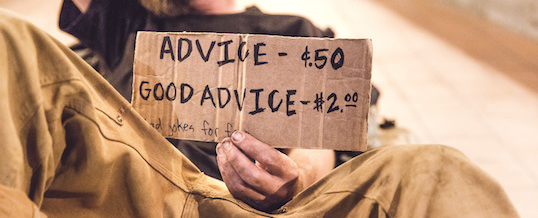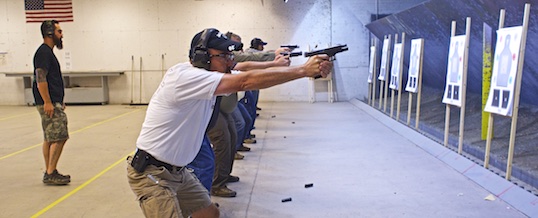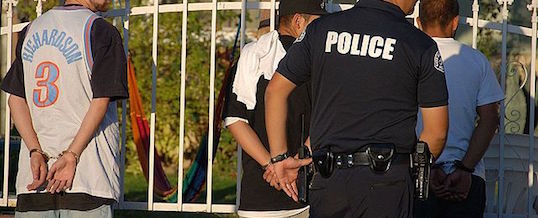
Are shooting classes all there is to self defense?
In the last couple of years I’ve had a somewhat radical change in my thinking about self defense. Rather, a change in thinking about teaching self defense. I’ve always focused on helping that half-percent* of gun owners who are interested in taking shooting classes to improve their gunhandling skills. In that respect I’ve been like everyone else in this business. We all want the “serious” students, those people who will sign up for a 3-day weekend class and travel across the country to do it. Don’t get me wrong, I appreciate them! I enjoy getting together and teaching people new skills and watching them grow. It’s a rush.
At the same time, though, teaching advanced shooting classes doesn’t help society at large. The training business focuses so much on the returning student, the advanced student, the ones for whom training is a hobby, that we completely lose sight of those who stop at getting their concealed carry license. We’re enablers of the training hobbyists: those who take course after course as recreation, justified by the erroneous thought that each one makes them safer.
We don’t even consider those who don’t want to (or can’t) carry a firearm. (Heck, we don’t even think of those people who can’t or won’t carry a defensive folding knife.) In short, what are we doing to help the other 99% + of the people to stay safe?
They’re not served by instruction on how to appendix-carry a Glock with a WML next to a fixed blade knife. They want to know what they can do with what they have to keep themselves out of harm. And they want to be able to do it right now.
My mission has turned to figuring out how to bring great yet relevant information to those “average” people.
Making everyone safer
It starts by acknowledging that not everyone gets to live like I do. They may not be able to train and practice in the “approved” ways at the “approved” frequency. They can’t carry a gun and a backup gun and a fixed-blade knife and a backup folding knife and three spare magazines on their belt. It also means that they can’t afford the time or the money to take a new training course every month.
In order to understand their limitations have to put myself in their position, to spend time like they spend time. How do I defend myself if I don’t have my favorite gun? Can I really stay safe in a non-permissive environment? What can I do to best utilize that small pocket gun against an attacker who seemingly came out of nowhere?
The tactical crowd will know doubt furrow their brows, make a tsk-tsk noise, and opine that those people just aren’t “serious” about their personal safety. Actually, they’re very serious about their SAFETY; it’s just that they see safety differently. They don’t understand why they need to take a half-dozen shooting classes to get to an arbitrary level of proficiency when the correlation to their security is hazy at best.
It’s for these people that I’m doing what I’m doing today. I want to help the single mother, the retired couple, and the college student live safer lives. I want to help them understand the entire scope of personal security and self reliance. And I want to help them develop a sane, rational approach to preparing to keep themselves and their loved ones safer. All of that goes well beyond teaching shooting classes.
Teaching more relevant skills instead of more shooting classes
Does it mean I’m giving up teaching people how to use their guns more efficiently? No, but it does mean I’m focusing more attention to the kinds of skills average people need instead of what the hobbyists want. It’s a lot more complicated than it sounds, too; it’s actually an order of magnitude harder to teach an average person what they need to know than it is to teach advanced shooting classes. The hardest thing I’ve done in teaching is to construct a course outline to teach the absolute most-relevant defensive shooting skills to newcomers in a compressed time frame. It’s much more difficult than you think.
It entailed changing my mindset from a focus on what was ideal to what was necessary. I’ve watched others try to do this with almost uniformly poor results, because they always assume their job is to turn beginners into hobbyists. That’s how this business works: the beginning shooting classes are to set a hook so the students will come back and sign up for advanced courses. So pervasive is this model that many instructors don’t even recognize they’re doing it. Instead, I’m looking at things from a new perspective: how do we teach relevant skills to people whose training likely ends with that class?
Some will say I’ve gone off the reservation. I prefer to think of it as exploring a brave new world.
– Grant Cunningham
(* — It may actually be smaller than a half-percent. The people who are going out and taking training courses comprise a small group that looks bigger than it is because they train a LOT and spend time on social media talking about it.)
Photo by Ryan McGuire
You can now LISTEN to the blog!
- Posted by Grant Cunningham
- On August 29, 2016



